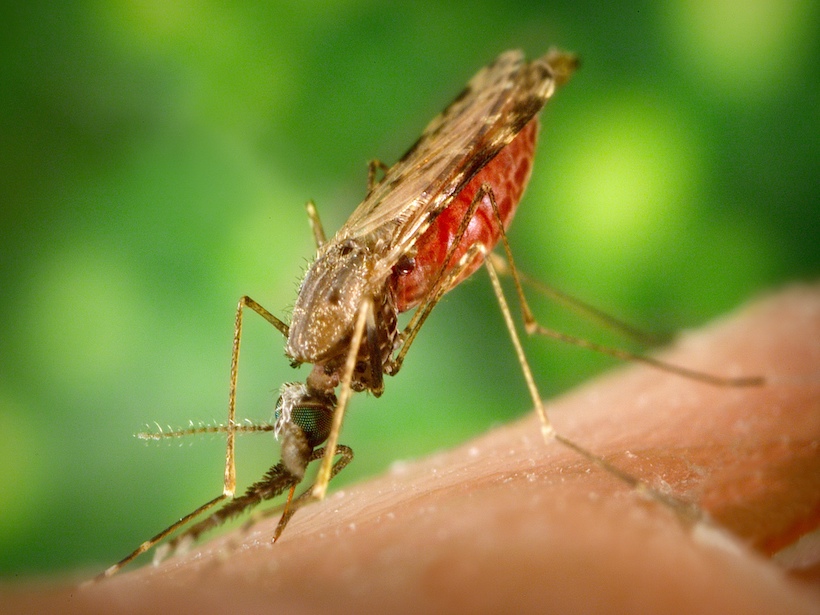Researchers in Kentucky have merged results from home test kits with the state’s geologic map to produce a map of indoor radon potential based on the geology underlying homes in the state.
geohealth
Will Rising Temperatures Make Rice Too Toxic?
Greenhouse experiments reveal how higher temperatures act to elevate arsenic levels in rice and may help focus efforts to solve a crisis threatening food systems around the world.
Our Food Systems Are Complicated. Food Data Don’t Have to Be
Researchers made a “Google Maps” for global food systems. Could it help us tackle food’s thorniest problems?
Affordable Clean Energy Rule Threatens Progress of Clean Air Act
The scientific community must act to minimize the adverse air quality and health impacts of relaxed EPA regulation.
Can Climate Preparedness Mitigate Emerging Pandemics?
Indonesians say being prepared for climate-related disasters helped blunt the impact of the coronavirus pandemic—and that lessons in resilience may mitigate the effects of climate crises in the future.
Hydrology Helps Identify Future Malaria Hot Spots
Complex hydrological processes—not just the amount of rainfall—help determine where malaria-transmitting mosquitoes can thrive.
Radon Enrichment in the Volcanic Plume of Mount Etna
More than 70 passive sensors on Mount Etna have captured the first radon measurements in volcanic plumes and show that radon could affect people around volcanoes.
More Gas Wells Linked to More Symptoms in Pennsylvania Residents
Natural gas production has been booming in southwestern Pennsylvania, but it may also yield multiple health complaints, especially for residents surrounded by oil and gas facilities.
Leaded Soil Endangers Residents in New York Neighborhoods
New research documents dangerously high levels of lead in the soils of New York City parks and growing communities.
Podcast: The Unusual Relationship Between Climate and Pandemics
Two recent studies show how climate affects human pandemics and how pandemics, in turn, alter the environment.










